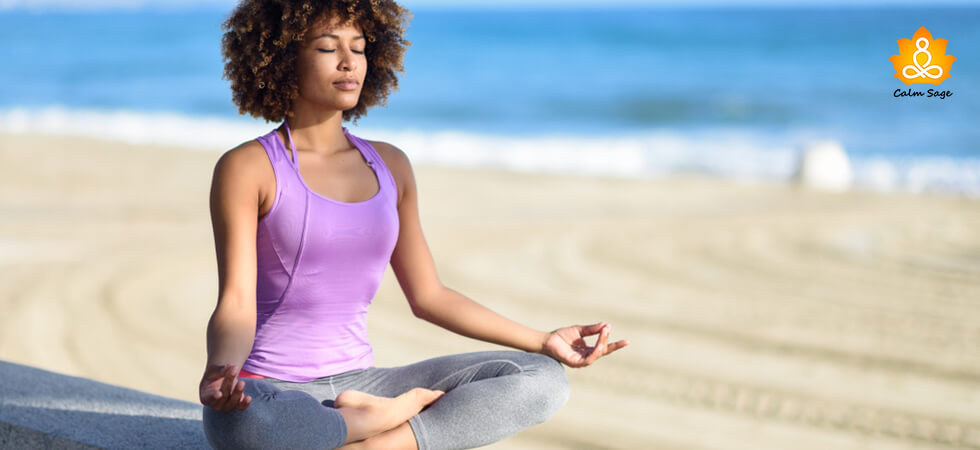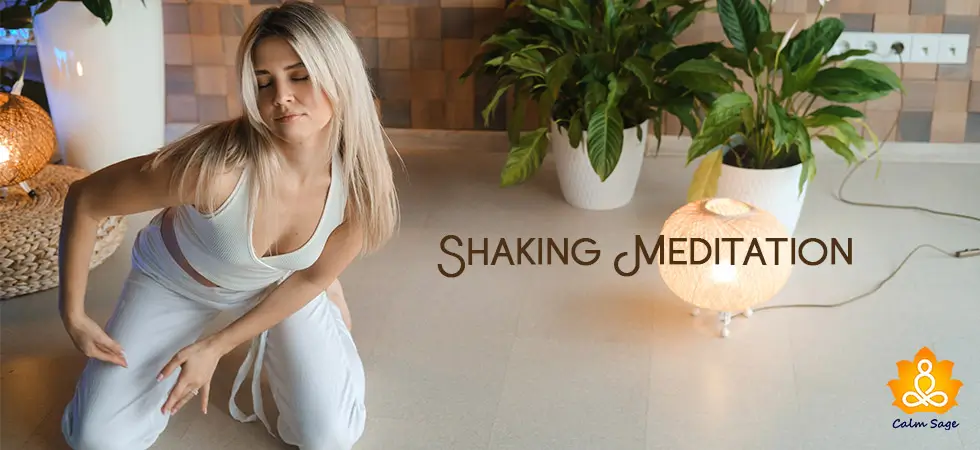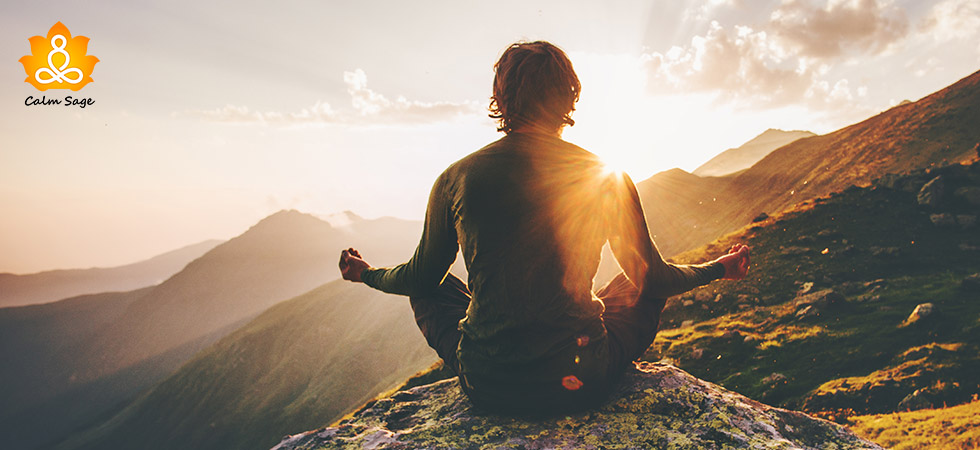5 Quick & Simple Meditation Techniques To Help You Calm Your Mind

“Mediation is not spacing out or running away. In fact, it is being totally honest with ourselves” – Kathleen McDonald
Many people believe that meditating means running away from the negative and overwhelming thoughts but in reality, meditation is about being honest with yourself and your thoughts, despite their status – good or bad.
Meditation is one of the most recommended and one of the most effective relaxation techniques that I love to practice. Even psychologists suggest meditation as a health booster and this practice has many positive benefits.
From reducing stress to relieving physical aches and pains, meditation can help soothe mental, emotional, and physical pain.
The best part is that meditation doesn’t take more than a few minutes. In this blog, I’ll be mentioning some quick and simple meditation techniques that you can engage in to relax your mind and body, especially if you’re a beginner at meditation.
Also Read: 51 Keep Calm Quotes To Help Your Mind Stay Calm
Different Ways To Meditate
Meditation practitioners and experts distinguish meditation techniques in two different ways:
- Concentrative
- Non-concentrative
Concentrative techniques usually involve concentrating on an object outside of yourself. For example; meditative music or a mantra. Non-concentrative meditation techniques involve not just involving focus outside of yourself but also internal body awareness, breathwork, etc.
There are many ways to meditate but few things that all meditation techniques have in common are the elements involved in the meditation process:
1. Focus On The Mind
One of the common misconceptions of meditation is that the practice of meditation means quieting one’s mind. However, in reality, our minds never stop thinking. While our thoughts may never stop entirely, meditation merely helps slow down our errant thoughts. Read how to quiet your mind during meditation here.
2. Being In The Present Moment
Rather than focusing on the past or the future, meditation involves being in the present moment. This means, experiencing one moment, letting it go, moving on to the next, and so on. This being in the present moment takes practice and meditation can help with that.
3. Consciousness
When you start maintaining a quiet mind and are in the present moment, this status can lead you to another state that is neither awake nor asleep, i.e., a state of consciousness. Practicing meditation increases our awareness, improves our positive thinking, and changes our mood.
Please note that while meditation methods may vary, the above elements remain the same.
Types Of Meditation Techniques
Here are some simple mediation techniques you can practice for quick relaxation, especially if you’re a beginner:
1. Basic Meditation
One of the simplest forms of meditation is the basic meditation technique where you sit in a comfortable, cross-legged position and use your breath as your focus target. If you find yourself distracted by your thoughts or other things, simply redirect your attention back to your breath.
During this practice, be sure to be kind to yourself and your thoughts.
2. Focused-Attention Meditation
Focused-attention meditation, as the name suggests, refers to the type of meditation where you focus on something with purpose without engaging your thoughts. You can focus on a visual object or audio, whatever you find comfortable.
Manu people find focused meditation easier to practice as it involves focusing your attention on something rather than nothing.
To practice focused meditation, you can follow these simple steps:
- Pick a target. It can be something visual or something auditory.
- Sit in a comfortable position with your spine straight.
- Try relaxing your body while maintaining your posture.
- Move your attention to your target object. Experience the feelings, the sensations your focus target is bringing.
Try not to focus too much on your thoughts. If you find yourself analyzing your thoughts, gently shift your attention to the focus target.
3. Activity-Focused Meditation
Activity-focused meditation is another type of meditation technique that combines activities with a meditation practice to help you focus on the now. With activity-focused meditation, you engage in activities where you experience the flow that allows your mind to calm.
Examples of this meditation technique can be, Walking meditation, gratitude meditation, gardening, yoga, tai-chi, etc.
All you need to do to practice this meditation is to keep your focus on the activity you’re doing while keeping in mind the elements of meditation (listed above).
4. Mindfulness Meditation
Mindfulness meditation is another form of meditation that involves you being present in the moment rather than worrying about the past or the future. This meditation technique focuses on you being aware of your body sensations and emotions in your body.
You can practice mindfulness meditation easily by following these steps:
- Sit in a quiet and peaceful place to sit with minimal distractions.
- Keep your posture straight and sit in a cross-legged position on a mat on the ground.
- Keep your eyes closed, breathe normally, and keep your focus on your breaths as you inhale and exhale.
- Silently observe your thoughts, emotions, and feelings without any judgment.
If you get distracted, don’t worry, just simply move your focus on your breathing.
5. Kundalini Meditation
Many people still believe that meditation is a religious practice, which is not true. However, meditation can be a spiritual practice. You can meditate to find answers to your problems or you can meditate simply to clear your mind. Kundalini meditation is another simple yet effective meditation technique that can help.
Here’s how you can practice this meditation technique:
- Wear comfortable clothes and sit with your spine straight.
- Keep your eyes closed and bring your focus to the center of your forehead.
- Pick a mantra and recite it. You can choose to say it out loud or say it silently.
- Focus on your breathing. Keep your attention on how each inhale and exhale is affecting your body.
If you’re getting distracted at any moment during the meditation, consciously focus on your breath and the mantra you’re chanting.
Breathing is the focus of kundalini meditation. Finish the meditation with a deep inhale, raising your arms in the air, and relaxing on your exhale.
Writer’s Thoughts
No matter what meditation method you choose, keep in mind that you maintain a regular habit of practicing meditation. The benefits of meditation are many but to reap those benefits, you need to have regular practice. Even 5 minutes per day can help!
Experiment with different meditation techniques but pick the best meditation technique for you! Whichever meditation method you choose will help you calm your mind and reduce your stress.
I hope this article will help you pick the right meditation technique for you. For more, you can write to us at info@calmsage.com or follow us on social media.
Found this article helpful? Let us know in the comments section below!
Inhale. Exhale. Relax.
Take Care!




















